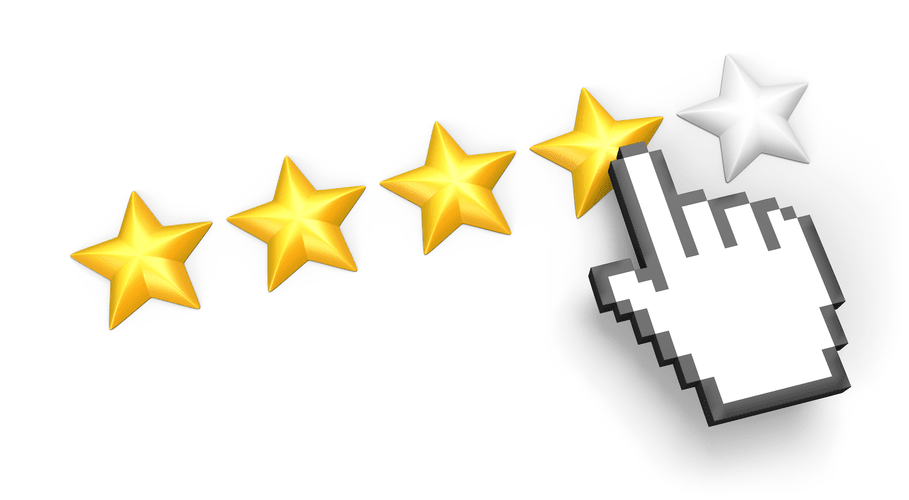
It is used for bonds sold at a discount or premium, with the amount of the bond discount or premium amortized to interest expense over the bond’s life. The straight line method is normally used for amortization, where the same value/ amount is deducted from the opening value of the asset every year. The annual amortization expense is a noncash expenditure that is posted to the income statement.
- Another catch is that businesses cannot selectively apply amortization to goodwill arising from just specific acquisitions.
- Each monthly payment covers both the interest and a portion of the principal, gradually reducing the outstanding balance until the loan is paid off.
- The difference between amortization and depreciation is that depreciation is used on tangible assets.
- A company spends $50,000 to purchase a software license, which will be amortized over a five-year period.
- In order to avoid owing more money later, it is important to avoid over-borrowing and to pay off your debts as quickly as possible.
- A portion of that monthly payment is going to go directly to interest and the remaining will go directly towards the principal.
Can I Calculate Loan Amortization on My Own?
- The expense would go on the income statement and the accumulated amortization will show up on the balance sheet.
- The straight line method is advantageous because intangible assets cannot be resold and do not hold any salvage value.
- Tangible assets include real estate property, plants, machinery, equipment, buildings, offices, vehicles, furniture, and other tangible items that a business acquires and owns.
- It is used for bonds sold at a discount or premium, with the amount of the bond discount or premium amortized to interest expense over the bond’s life.
- For borrowers, the effective interest rate shows costs more effectively.
- Calculation of amortization is a lot easier when you know what the monthly loan amount is.
A 30-year amortization schedule breaks down how much of a level payment on a loan goes toward either principal or interest over the course of 360 months (for example, on a 30-year mortgage). Early in the life of the loan, most of the monthly payment goes toward interest, while toward the end it is mostly made up of principal. It can be presented either as a table or in graphical form as a chart. The IRS has schedules that dictate the total number of years in which to expense tangible and intangible assets for tax purposes. Within the framework of an organization, there could be intangible assets such as goodwill and brand names that could affect the acquisition procedure. As amortization examples the intangible assets are amortized, we shall look at the methods that could be adopted to amortize these assets.
How to Withdraw Cash from Your Capital One Credit Card?
This accounting method distributes the cost or value of an intangible asset over its projected useful life. Intangible assets do not have a resale or a salvage value, so amortization simply uses the straight-line basis for expensing the cost. The same amount is expensed every reporting period so that the sum equals the total cost or value of the asset.
Credit and Loans That Aren’t Amortized
For borrowers, the effective interest rate shows costs more effectively. Although some bonds pay no interest and generate income only at maturity, most offer a set annual rate of return, called the coupon rate. The coupon rate is the amount of interest generated by the bond each year, expressed as a percentage of the bond’s par value. For example, assume a 10-year $100,000 bond is issued with a 6% semiannual coupon in a 10% market. Therefore, the bond discount of $5,000, or $100,000 less $95,000, must be amortized to the interest expense account over the life of the bond. From the tax year 2022, R&D expenditures can no longer be expensed in the first year of service Law Firm Accounts Receivable Management in the United States.


Amortized costs show the realistic representation of asset and liability values based on their historical value in the prevailing market conditions. Residual value is the amount the asset will be worth after you’re done using it. Stay sharp and keep up with the latest in amortization rules and practices. Laws and guidelines can change, and being in the know can save you from headaches during tax time or financial reviews. Effectively, this spreads the cost of the asset over its useful life, impacting your profit and loss statement annually.

Can you get Cash Back at a Grocery Store using a Credit Card?
Furthermore, amortization in accounting offers a more accurate representation of a company’s financial performance. This is a more familiar concept for people having mortgages for example. With loans come amortization schedules which reflect the beginning balance of a loan adjusted by principal repayments, any interest payments to arrive at the ending balance of a loan. The schedule will be shown in the frequency of repayment of the loan, for example, on a monthly or weekly basis. The purpose of the amortization of a loan is to reflect the decrease in the value of a loan over time.
What Is the Benefit of the Effective Interest Rate Method?

This method is usually used when a business plans to recognize an expense early on to lower profitability and, in turn, defer taxes. Another common circumstance is when the asset is utilized faster in the initial years of its useful life. This recording transactions linear method allocates the total cost amount as the same each year until the asset’s useful life is exhausted.
Accounting made for beginners
An amortization table schedule works best for the following kinds of loans. Loan amortization is the process of paying off a loan following an agreed-to schedule. A business client develops a product it intends to sell and purchases a patent for the invention for $100,000. On the client’s income statement, it records an asset of $100,000 for the patent. Once the patent reaches the end of its useful life, it has a residual value of $0.
It’s always good to know how much interest you pay over the lifetime of the loan. Your additional payments will reduce outstanding capital and will also reduce the future interest amount. Therefore, only a small additional slice of the amount paid can have such an enormous difference. The business purchases or invests assets, known as capital expenditure, where assets are acquired to increase revenues directly. Amortization and depreciation are two methods of accounting that calculate the reduction in asset value on the balance sheet as the life of the asset is being used up.
